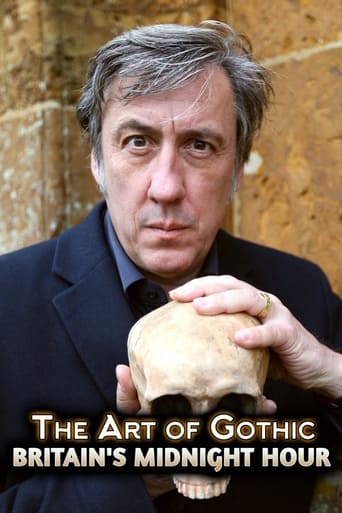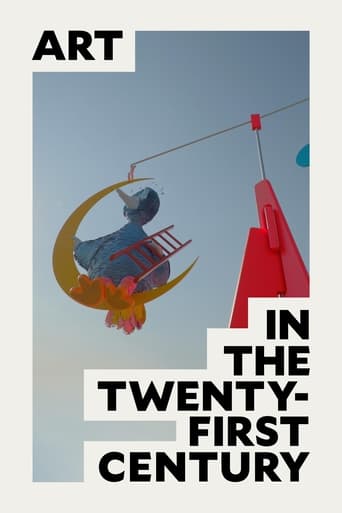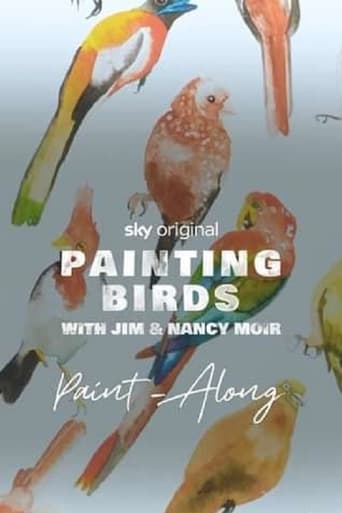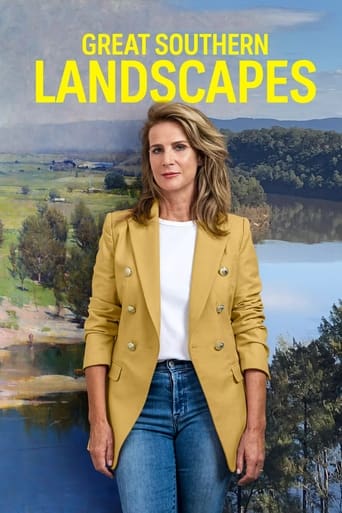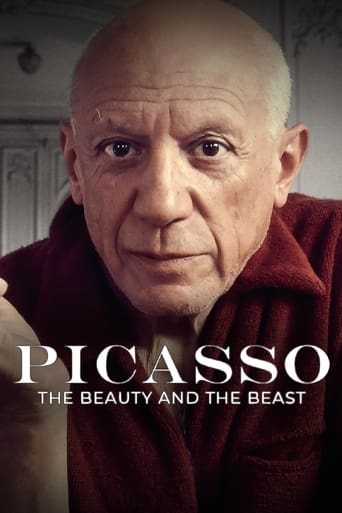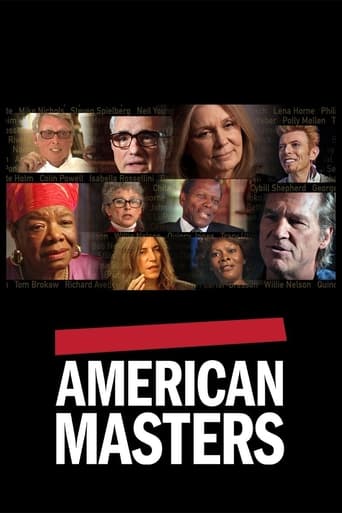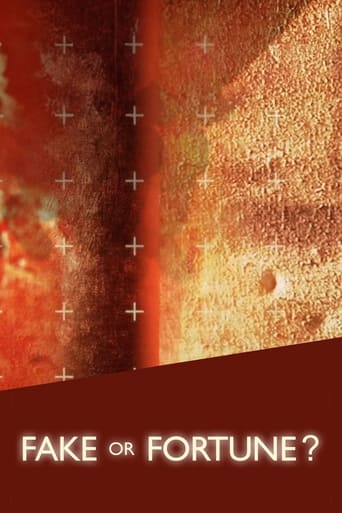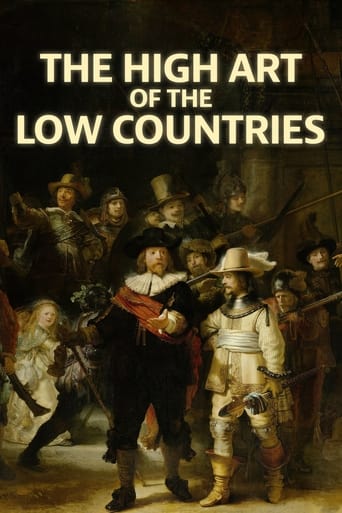The Art of Gothic: Britain's Midnight Hour Season 1

Andrew Graham-Dixon explores how a group of 19th-century architects and artists spurned the modern age and turned to Britain's medieval past to create iconic works and buildings.
Watch NowWith 30 Day Free Trial!
The Art of Gothic: Britain's Midnight Hour
2014
Andrew Graham-Dixon explores how a group of 19th-century architects and artists spurned the modern age and turned to Britain's medieval past to create iconic works and buildings.
Watch Trailer
The Art of Gothic: Britain's Midnight Hour Season 1 Full Episode Guide
Gothic fantasy horror would be outstripped by real horror as the truth of mechanised warfare dawned on an innocent world in 1914. The language of Gothic would increasingly come to encapsulate the horrors of the 20th century - from Marx's analysis of 'vampiric' capitalism to Conrad's dark vision of imperialism and TS Eliot's image of The Wasteland, a Gothic narrative seemed to make more sense of the modern world more than any other.
As the Industrial Revolution promised more and more inexplicable wonders of the modern world, Gothic art and literature became both backward and forward looking. In her novel Frankenstein, Mary Shelley warned of the dangers of how science could get out of control, while Sir Giles Gilbert Scott used Gothic architecture to memorialise Prince Albert as a medieval hero. Meanwhile, poets indulged in hallucinatory drugs to reach new Gothic heights. Where would it all end?
In the middle of the 18th century - in England - an entirely surprising thing happened. Out of the Age of Enlightenment and Reason a monster was born - a Gothic obsession with monsters, ghouls, ghosts and things that go bump in the night. From restrained aristocratic beginnings to pornographic excesses, the Gothic revival came to influence popular art, architecture and literature.
Free Trial Channels
Seasons


